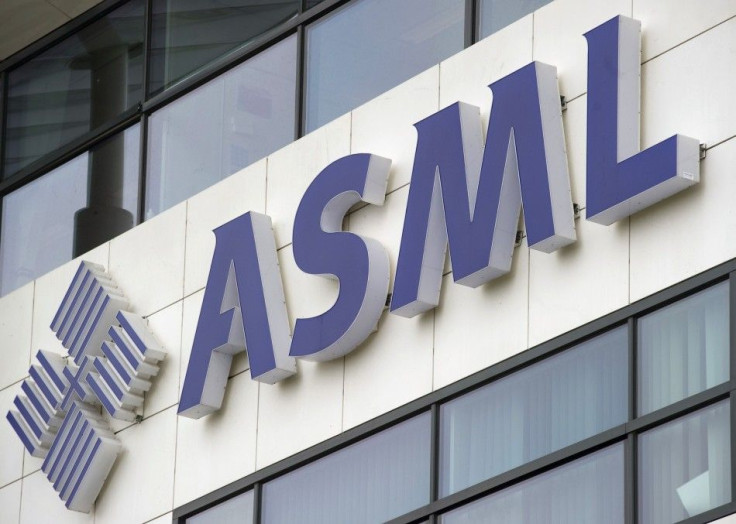Why Did Intel Buy Into ASML? To Ensure Moore?s Law

It isn't every day that Intel (Nasdaq: INTC), the No. 1 chipmaker, buys into one of its top suppliers, ASML Holding (Nasdaq: ASML), the Dutch semiconductor equipment maker.
Over the next few years, the Santa Clara, Calif.-based chip giant plans to sink as much as $4 billion into ASML, in which it will over time acquire a 15 percent stake. Given that Intel reported first-quarter cash and investments exceeding $10.7 billion, that's not a gigantic amount.
Shares of Intel fell 61 cents to $25.56 on Tuesday, while the American Depositary Receipts of ASML soared 8.5 percent to $52.27. By contrast, equipment giant Applied Materials (Nasdaq: AMAT), the biggest supplier, saw it shares dip nearly 3 percent to $10.71.
Productivity improvements driven by enhanced wafer manufacturing technologies, especially larger silicon wafers and enhanced lithography technologies with extreme ultra-violet (EVU) are direct enablers of Moore's Law, said Bruce Krzanich, Intel's Senior VP and Chief Operating Officer.
Named for former Intel Chairman Gordon Moore, his law stipulates that the number of transistors on an integrated circuit doubles every 18 months.
So Intel is placing its bets on EVU, guaranteeing it will have enough new EVY machines for its $4 billion wafer fabrication plants in New Mexico and elsewhere to keep itself in chips for 2016 and beyond.
Meanwhile, the Dutch company is also seeking other investment, from the No. 2 chipmaker, Samsung Electronics (Seoul: 005930) as well as Taiwan Semiconductor Manufacturing Co. (NYSE: TSM).
As a result, ASML could end up being controlled by its top customers, although they wouldn't be able to vote their shares.
Only about half its business comes from these top three customers.
Still, Intel's manufacturing lead could lead to maintain its profit margins and penetrate other profitable markets outside of PCs, said Mark Lipacis, analyst with Jefferies.
Indeed, Intel is eyeing the smartphone market as well as others in communications and electronics that are mushrooming.
Poor Applied Materials warned Tuesday its revenue for the year ending in October may fall below earlier targets of $9.1 billion to $9.5 billion, despite projections by the Semiconductor Industry Association for slightly higher global market above $300 billion this year.
Perhaps Applied Materials plans to try a similar exercise?
Even then, it would enjoy a slight strategic disadvantage to ASML: being American, Applied Materials is subject to stringent export control laws.
In 2003, the old Motorola sold a $1 billion plant in China to Semiconductor Manufacturing International Corp. that had some equipment from Applied Materials. The deal was blocked in Washington, D.C., by the administration of President George W. Bush.
Finally, after agreeing to use ASML Holdings equipment in the future, the deal went through.
© Copyright IBTimes 2024. All rights reserved.






















